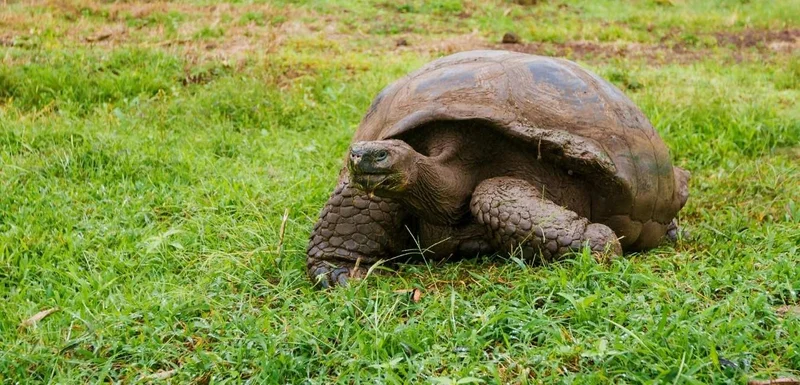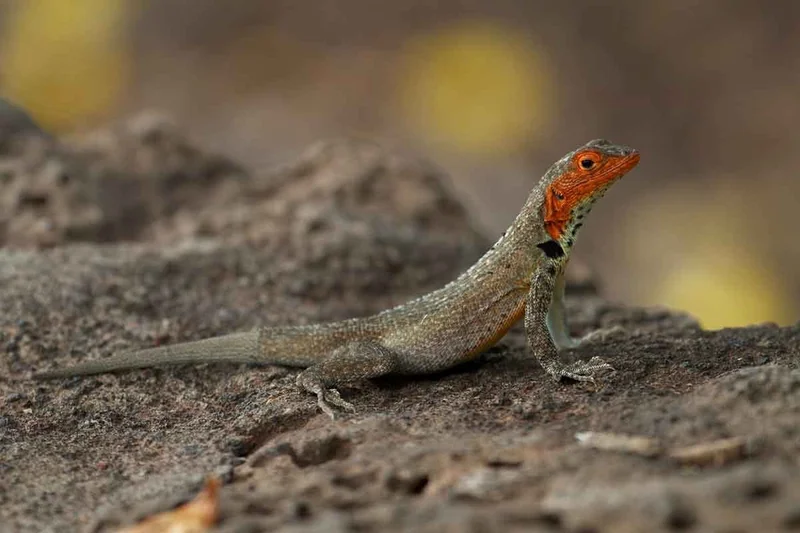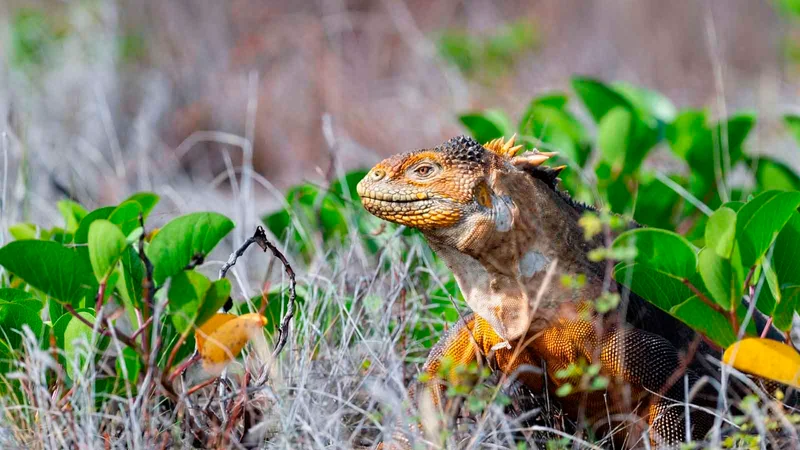

Embark on a captivating 5-day, 4-night journey through the Galapagos Islands with Itinerary A. Explore diverse landscapes from Bartolome's volcanic formations to Genovesa's unique nesting grounds. Encounter wildlife on North Seymour and enjoy white sandy beaches on Islo te Mosquera. The adventure culminates on San Cristobal with a visit to the David Rodriguez Land Tortoise Breeding Centre, promoting giant tortoise conservation. This immersive itinerary celebrates the islands' natural wonders and ongoing preservation efforts.
5 Day Galapagos Itinerary
Day 1: Bartolome Island
AM: Departure for the Galapagos
Your journey to the Galapagos Islands begins today. In adherence to Galapagos Government regulations, a migration control card fee of 20 USD is required.
Upon landing in Santa Cruz, passengers go through an airport inspection to prevent the introduction of foreign flora or fauna to the archipelago. Entrance fees to the Galapagos National Park, set at $200 for foreign passengers and $100 for children under 12 years old (from September 2024), are payable at this inspection point.
Following this, your guide will meet you, assist with transferring luggage to the bus, and then transport passengers to the Catamaran Seaman Journey via a Panga, a motorized boat.
PM: Exploring Bartolome Island
Situated across Sullivan Bay, Bartolome Island rises to an elevation of 114 meters, offering a panoramic view of one of the most picturesque landscapes in the Galapagos Islands. The terrain features volcanic cones, lunar-like craters, lava fields, and the famous Toba-formed pinnacle shaped by the sea. Despite sparse vegetation, the island boasts two beautiful beaches housing marine turtles, and at the base of the pinnacle, a small colony of Galapagos penguins can be observed.
Day 2: Mosquera Islet & North Seymour Island
AM: Exploration of Mosquera Islet
Situated between North Seymour and Baltra, Mosquera Islet stands out as one of the smallest islands in the Galápagos, characterized by its volcanic origin and flat terrain resulting from geological uplift.
The islet's most captivating feature lies in the striking contrast of colors. A pristine beach of white sand is surrounded by transparent turquoise waters, lush green vegetation, and jet-black lava rocks. This visual spectacle is heightened during the golden hours of early morning or sunset, making Mosquera an ideal location for landscape photography.
PM: Adventure on North Seymour Island
North Seymour Island, characterized by its raised formation rather than volcanic origin, features a generally flat landscape filled with rocks. The island offers excellent nesting sites for a thriving population of magnificent frigatebirds. Witness the enchanting courtship dance of blue-footed boobies in more open areas, while swallow-tailed gulls gracefully perch on the cliff edges.
Despite the robust surf along the outer shoreline, visitors can observe sea lions hauling themselves onto the beach and engaging in body-surfing activities. The distinctive blend of wildlife and coastal landscapes establishes North Seymour as an essential destination in the Galápagos.
Day 3: Genovesa Island: El Barranco & Darwin Bay
AM: Exploration of El Barranco - The Cliff
Located in the southern part of Darwin Bay on Genovesa Island, the captivating visitor site of El Barranco offers a 1.5 km trail on volcanic rock, providing a fascinating two-hour journey through the island's youngest geological area.
The cliff, situated to the south, is composed of delicate lava susceptible to natural erosion, creating an ideal nesting ground for Storm Petrels. Witness two species of petrels nesting in the cavities and holes within the lava, while remaining vigilant for their main predator, the short-eared owl. This area also serves as the nesting grounds for the red-footed booby, exclusive to outer islands like Punta Pitt, Gardner (Floreana), Wolf, Darwin, and Genovesa. The masked booby also graces this island. During "panga rides" along the cliffs, observe fur sea lions and various seabird species.
PM: Discovery of Darwin Bay
Darwin Bay formed when the island's crater collapsed below sea level, resulting in a beautiful white coral sandy beach for a wet landing. A paradise for birdwatchers, the bay provides opportunities to observe a variety of species, including red-footed boobies, masked boobies, wandering tattlers, lava gulls, whimbrels, yellow-crowned and black-crowned lava herons, and yellow warblers.
As you continue along the trail, a gentle climb towards the cliff's edge unveils Red-Foots nesting in the Mangrove trees below. Birdwatching enthusiasts will be thrilled by sightings of sharp-beaked finches, large cactus and ground finches, Galapagos doves, and swallow-tailed gulls. The trail culminates at the cliff's edge, providing a breathtaking panoramic view of the island and the rich variety of birdlife thriving in its vibrant ecosystem.
Day 4: South Plazas Island & Santa Fe Island
AM: Exploring South Plazas Island
Located to the east of Santa Cruz Island, South Plazas is part of the Islas Plazas and, despite its modest size, harbors some of the most captivating and unique species in the Galapagos. Notably, the Plazas land iguanas found here are smaller than their counterparts on other islands.
The island is home to several hybrid iguanas resulting from the crossbreeding of a male marine iguana and a female land iguana. Distinguished by their black/gray coloration, these hybrids showcase the crest of a land iguana along with the face and tail of a marine iguana. The thriving iguana population is attributed to the abundance of their favorite food, tunas. Along the rugged cliffs, observe swallow-tailed gulls nesting alongside seabirds such as Audubon shearwaters, red-billed tropicbirds, frigate birds, and brown pelicans.
PM: Discovery of Santa Fe Island
Located in the southeastern part of the Galapagos, Santa Fe Island features a distinctive flat terrain resulting from uplift rather than volcanic origins. Some theories suggest it might be the oldest island in the Archipelago. The island acts as a sanctuary for endemic species, including the Galapagos hawk, Galapagos snake, Galapagos mockingbird, rice rats, and one of the two species of land iguanas found in the islands.
Upon arrival in the clear waters, encounter one of the numerous sea lion colonies. The trail introduces salt bushes and towering giant prickly pear cacti, exemplifying gigantism, a characteristic of oceanic islands. Santa Fe offers excellent opportunities for snorkeling with playful sea lions and vibrant tropical fish in its pristine waters.
Day 5: David Rodriguez Land Tortoise Breeding Centre
AM: Exploring the David Rodriguez Land Tortoise Breeding Centre
Established in 2002 as Jacinto Gordillo, this Tortoise Breeding Centre was initiated by the Galapagos National Park Service to facilitate the captive breeding and care of tortoises. In 2016, it underwent a renaming to become the David Rodriguez Tortoise Breeding Centre, honoring David Rodriguez's 39 years of dedicated service as a park ranger.
Found in the southeast of San Cristobal, about 22.5 km from Puerto Baquerizo Moreno, this breeding center is reachable by land. The 40-minute bus journey takes you to the vicinity of Cerro Colorado. The primary objective of the David Rodriguez Tortoise Breeding Centre is to improve the population status of giant tortoises, specifically Chelonoides chathamensis of San Cristóbal Island. The facility strives to create an environment closely resembling their natural habitat, contributing to conservation efforts and supporting the sustainable tourism development of San Cristóbal.
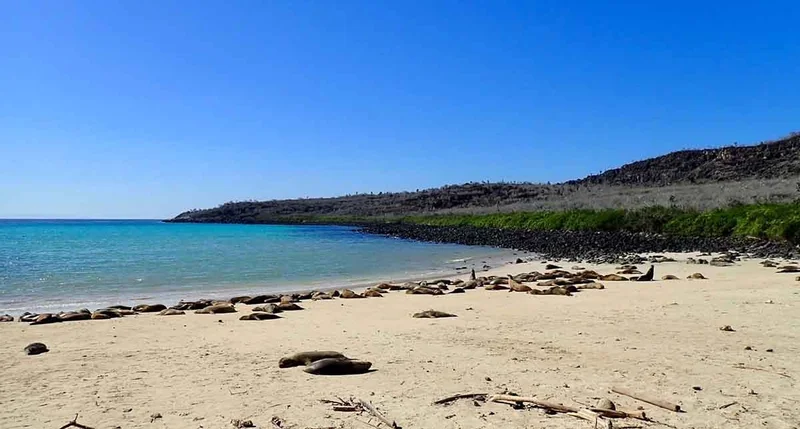

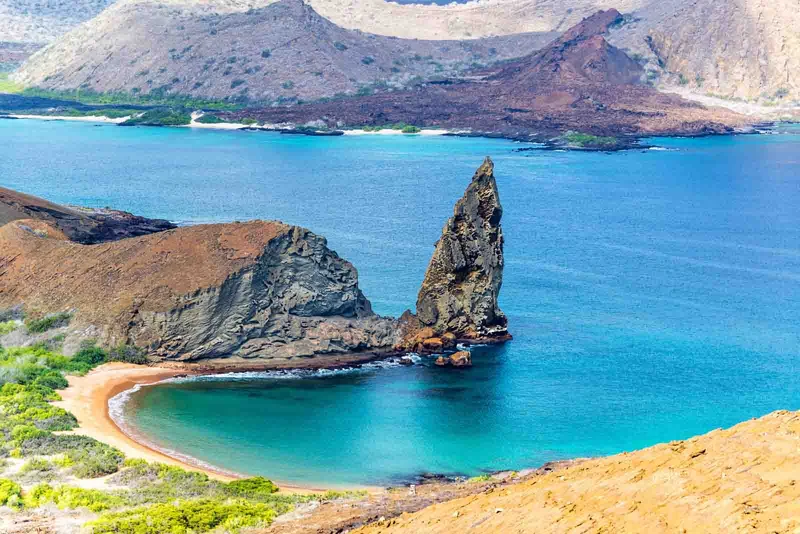

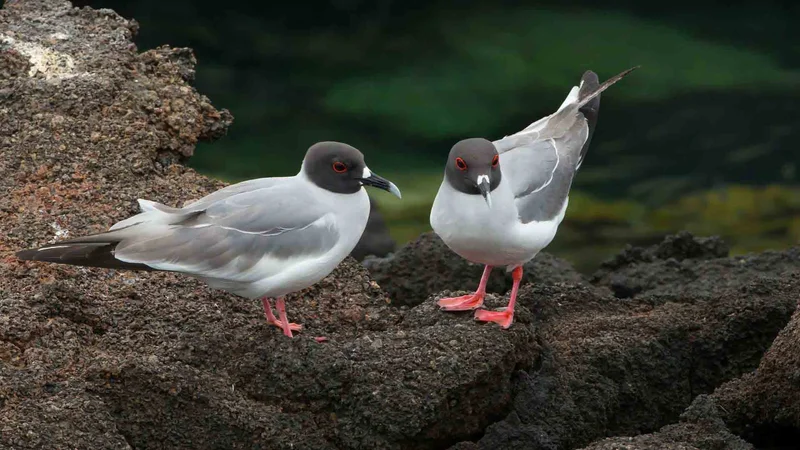
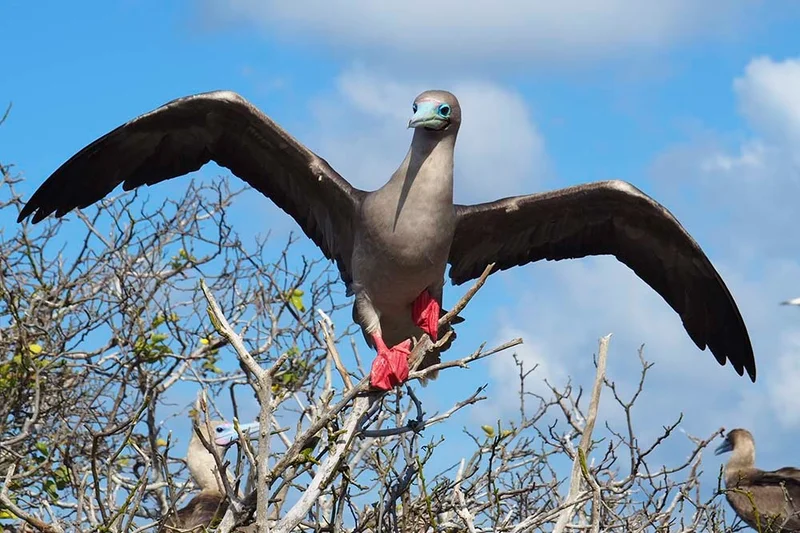

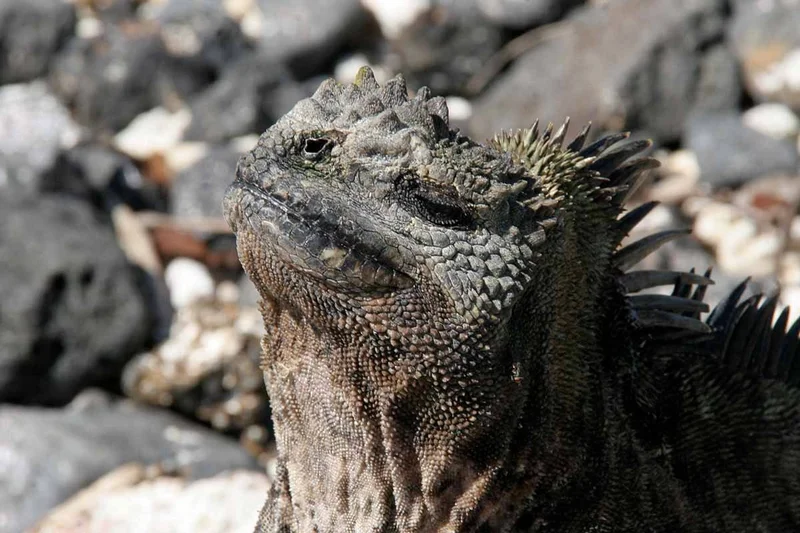
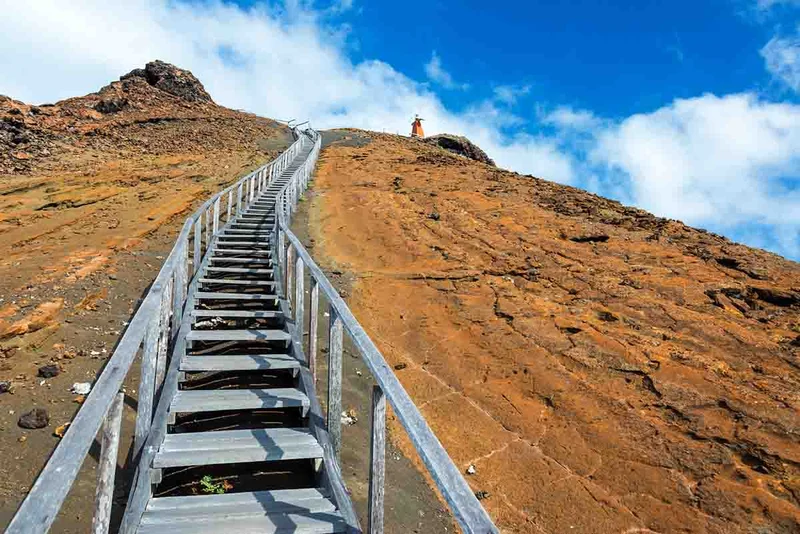


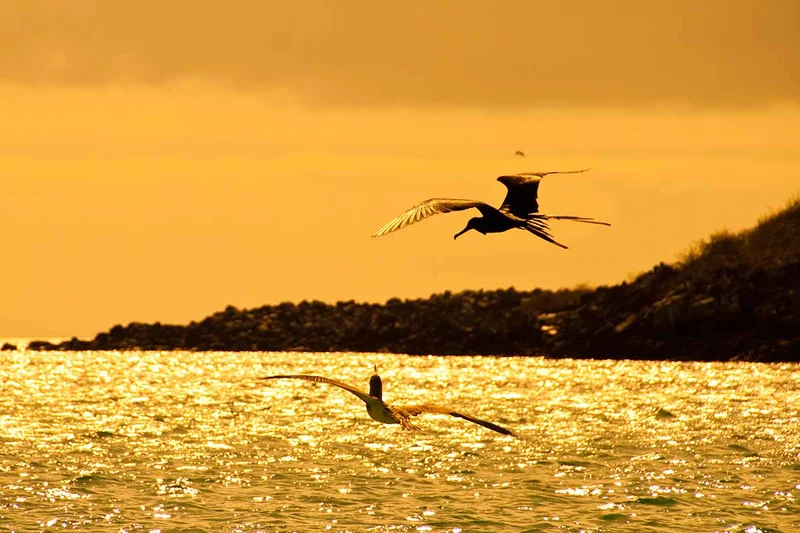
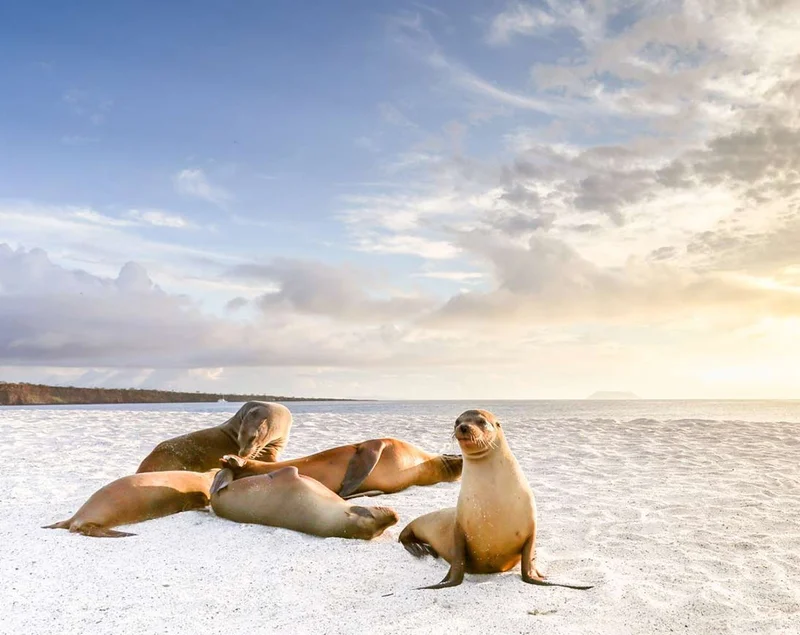


5 Day Galapagos Itinerary Includes
- All programed visits as per itinerary with specialized naturalist bilingual guide
- Accommodation in twin/double cabin with private facilities (surcharge for suite)
- All meals on board, drinking purified water, coffee and tea
- Snorkeling equipment (fins, mask & snorkel) & sea-kayaks
- Transfers within the islands on cruise dates as per itinerary
- Personalized 24/7 assistance during tour
5 Day Galapagos Itinerary Does not Include
- Airfare to/from Galapagos from/to Mainland Ecuador (to be added)
- Galapagos National Park Entrance Fee US$200 per person (in cash only upon arrival)
- Galapagos Migration Card US$20 in cash per person (at Mainland’s Airport)
- Alcoholic/soft drinks, personal expenses, extras, and tips
- All sizes wet-suits for rent on board (in cash)
- Travel, medical & cancelation Insurance and any services on Mainland
- Other services not specified in the program
5 Day Galapagos Itinerary Highlights
- Breeding and care of giant tortoises in captivity, promoting conservation and tourism.
- Birdwatching with various species, including red-footed boobies, masked boobies, and more.
- Stunning landscapes, volcanic cones, lava fields, and Galapagos penguins.
Itinerary Map

Dates & Promotions
Dates |
|---|
No data |
Reviews
Animals you might see on this itinerary:
More information about the Galapagos Islands you visit in this 5 day itinerary:
Enchanted Galapagos Central and Northern Islands Cruise - Seaman Journey Catamaran
Why travel with us?
Similar Itineraries

